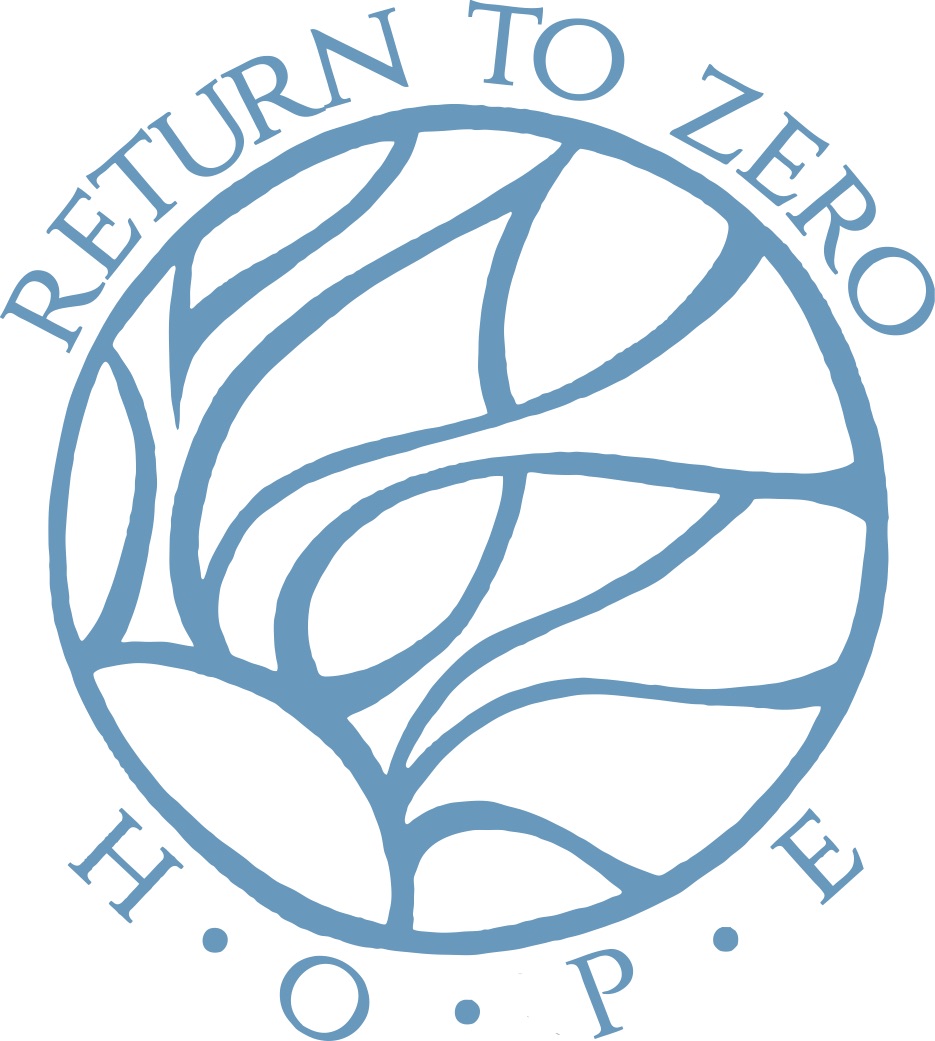LGBTQ+ Parents and Loss
Pregnancy and infant loss impacts the LGBTQ+ community. Yet, limited resources and a lack of reflections of selves in the PAIL community means that many LGBTQ+ families fall through the cracks. In addition to common expressions of perinatal grief and loss, the LGBTQ+ parent often grapples with additional stigma and lack of support.
FERTILITY
Many LGBTQ+ families use fertility services to create families, however there is a lack of LGBTQ+ representation at fertility clinics and services.
LGBTQ+ families may experience several losses on their journey to parenthood.
Fertility services often don’t provide perinatal mental health services, leading to a lack of education around grief and loss; for example, following miscarriage, the birthing parent and partner may not be informed of potential for, nor recognize the presence of a perinatal mood disorder.
Limited outlets for communal grieving for LGBTQ+ families.
Stigma, which may prevent talking about their own feelings of grief and loss.
LGBTQ+ PERINATAL MENTAL HEALTH
Lesbian women have higher rates of postpartum depression (PPD) than heterosexual women.
Bisexual women score highest on EPDS, having higher rates of PPD than heterosexual or lesbian women.
Transmen may experience significant gender dysphoria and loneliness during pregnancy.
Limited research for PMADS in gay men, and there is none currently on the impact of PAIL with a surrogate for gay men.
MINORITY DISTRESS OF LGBTQ+ PARENTS IN PERINATAL LOSS
Phobia, heterosexism, and homonegativity are linked to trauma.
LGBTQ+ have higher incidence of childhood traumatic stress based on ACE studies.
Excess stress that LGBTQ+ parents are exposed to based on minority position becomes overwhelming when combined with PAIL.
Minority stress is societal, social, and system-based.
Hetereosexist (i.e., breastfeeding instead of chestfeeding)
Sexual identity distress (i.e., provider mislabeling)
Stigma awareness (i.e., transphobia, bi-erasure)
BARRIERS TO TREATMENT
Stigma in the birthing community around relationship, sexuality, and gender.
Lack of visual representation in perinatal organizations.
Cis-gendered and hetereonormative language in PAIL and all perinatal spaces.
Lack of providers with expertise/training in unique LGBTQ+ dynamics.
Lack of trust in the medical system (due to prior trauma).
Lack of trust in heteronormative groups and gatherings to be non-judgmental and accepting of relationship, sexuality, and gender.
Poster parent fatigue and burnout with uneducated providers.
WHAT CAN BE HELPFUL
Provider education (i.e., understanding of minority stress).
Encourage positive reflections of all types of families regardless of constellation, gender identity, or sexual identity.
Assume the two parents are a couple until you know differently. Don’t be afraid to ask.
Do not discount the non-gestational partner/parent as a parent.
Use gender neutral language when addressing parents (i.e., parent vs. mother/father). Again, ask their preference.
Revise your forms and literature to use gender neutral language.
Normalize and destigmatize PAIL.
Trauma work around PAIL, inclusive of Adverse Childhood Experiences.
WEBINARS
RESOURCES
Birthing Beyond the Binary (Facebook group)
King Yaa (trainings and resources)
My Pregnant Husband (series)
LEARN MORE
REFERENCES
Ellis SA, Wojnar DM, Pettinato M. Conception, pregnancy, and birth experiences of male and gender variant gestational parents: it’s how we could have a family. Journal of Midwifery & Women’s Health. 2015;60(1):62–9.
Light AD, Obedin-Maliver J, Sevelius JM, Kerns JL. Transgender men who experienced pregnancy after female-to-male gender transitioning. Obstet Gynecol. 2014;124(6):1120–7.
Ross, L. E., & Goldberg, A. E. (2016). Perinatal experiences of lesbian, gay, bisexual, and transgender people. In A. Wenzel (Ed.), Oxford library of psychology. The Oxford handbook of perinatal psychology (p. 618–630). Oxford University Press.
Ross, L., Steele, L., Goldfinger, C. et al. Perinatal depressive symptomatology among lesbian and bisexual women. Arch Womens Ment Health, 10, 53–59 (2007). https://doi.org/10.1007/s00737-007-0168-x

